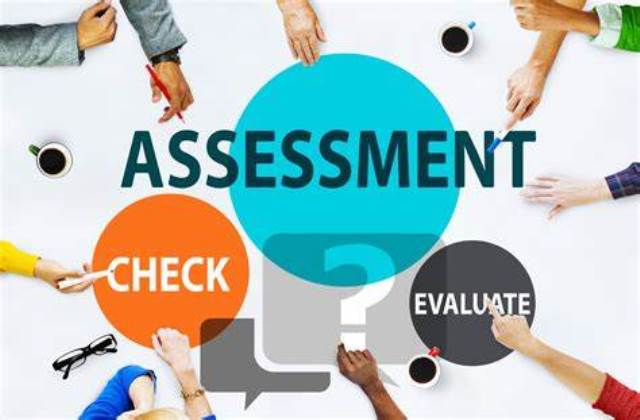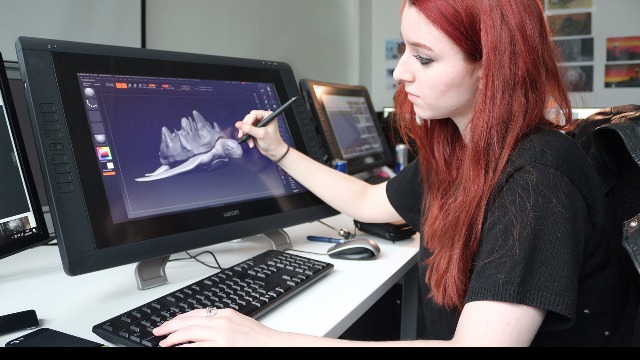For Students
Becoming a Massage Therapist: A Path to Healing and Wellness
Admin Mar 16, 2024 11:51 AM

TAGS
Massage therapy is a holistic and rewarding profession that focuses on promoting relaxation, relieving stress, and addressing physical discomfort through the power of touch. As people increasingly seek natural remedies for health and well-being, the demand for skilled massage therapists is on the rise. If you're interested in a career that combines compassion, hands-on skills, and a deep understanding of the human body, becoming a massage therapist could be your calling. This blog outlines the steps to embark on this fulfilling journey.
Step 1: Research and Self-Assessment
Before embarking on the path to becoming a massage therapist, take time to research the profession thoroughly. Understand the various types of massage therapies, their benefits, and the scope of practice in your region. Self-assessment is equally important. Assess your passion for healing, empathy for others, physical stamina, and ability to maintain professional boundaries.
Step 2: Educational Requirements
To become a licensed massage therapist, you'll need proper education and training. Most states and countries require completion of an accredited massage therapy program. These programs can range from a few months to a year and cover topics such as anatomy, physiology, kinesiology, ethics, and various massage techniques. Choose a program that aligns with your career goals and offers hands-on practical experience.
Step 3: Selecting a Specialization
Massage therapy is a diverse field with various specialization options. Some common specialties include Swedish massage, deep tissue massage, sports massage, prenatal massage, and aromatherapy massage. Research these specialties and choose the one that resonates with your interests and goals.
Step 4: Practical Training and Internship
Practical training is a crucial component of becoming a skilled massage therapist. Most programs offer internships or clinical rotations where you'll gain hands-on experience under the guidance of experienced professionals. This practical training hones your technique, helps you understand client needs, and familiarizes you with the clinical environment.
Step 5: Obtain Required Licensing or Certification
After completing your education and training, you'll need to obtain the required licensing or certification to practice as a massage therapist. Licensing requirements vary by region, so research the specific regulations in your area. Typically, you'll need to pass a state or national licensing exam that assesses your knowledge and practical skills.
Step 6: Building Your Skill Set
To excel as a massage therapist, continuously develop your skills. Attend workshops, seminars, and advanced training programs to learn new techniques, refine your existing skills, and stay updated with the latest developments in the field. Building a diverse skill set will allow you to cater to a broader range of client needs.
Step 7: Cultivating Professionalism
Massage therapy involves interacting closely with clients, often in vulnerable states. Cultivating professionalism and maintaining clear boundaries are paramount. Develop excellent communication skills, practice active listening, and ensure that you create a safe and comfortable environment for your clients.
Step 8: Networking and Building a Client Base
Building a successful career as a massage therapist requires networking and client-building efforts. Create a professional online presence, build a website, and maintain an active presence on social media platforms. Join professional associations, attend industry events, and collaborate with healthcare professionals to expand your network and client base.
Step 9: Consider Continuing Education
Massage therapy is a field that continues to evolve. To stay competitive and provide the best care to your clients, consider pursuing continuing education. Advanced certifications, specialized training, and courses in related fields like holistic health or aromatherapy can set you apart and elevate your practice.
Step 10: Embrace Lifelong Learning
As a massage therapist, your learning journey never truly ends. Stay curious, open-minded, and dedicated to learning throughout your career. Engage in self-reflection, seek feedback from clients, and always strive to improve your techniques and the overall client experience.
Becoming a massage therapist is a journey of personal growth, healing, and transformation. It requires a genuine desire to help others, a commitment to continuous learning, and a dedication to maintaining professionalism and ethics. The path may involve challenges and hard work, but the rewards—both personal and professional—are immeasurable. By completing the necessary education, gaining hands-on experience, and fostering a deep connection with your clients, you'll embark on a fulfilling career that positively impacts the well-being of others. Whether you choose to work in a spa, healthcare facility, or as an independent practitioner, your journey as a massage therapist will contribute to the holistic health and happiness of those you touch.
Search
Latest Blogs

Exploring Opportunities in Emerging Engineering field
Admin
Dec 14, 2024 05:18 PM

Navigating College Majors
Admin
Sep 25, 2024 04:04 PM

Tools for Measuring Strengths For Career
Admin
Sep 25, 2024 03:27 PM
Interested in getting latest updates?
SUBSCRIBE


















